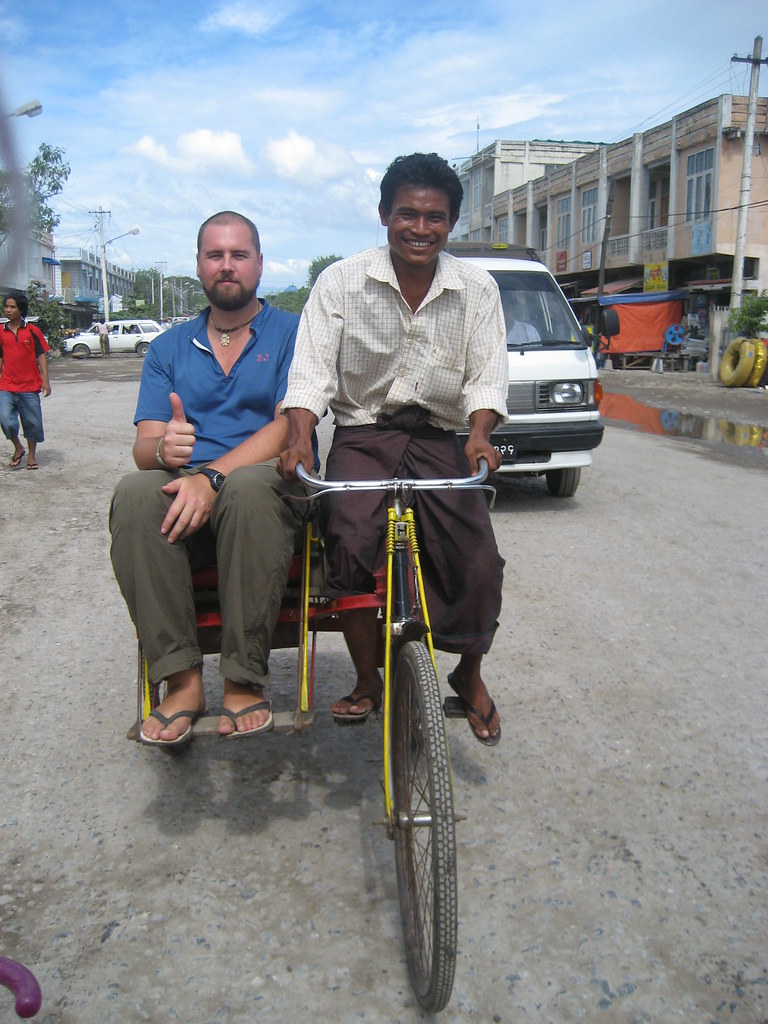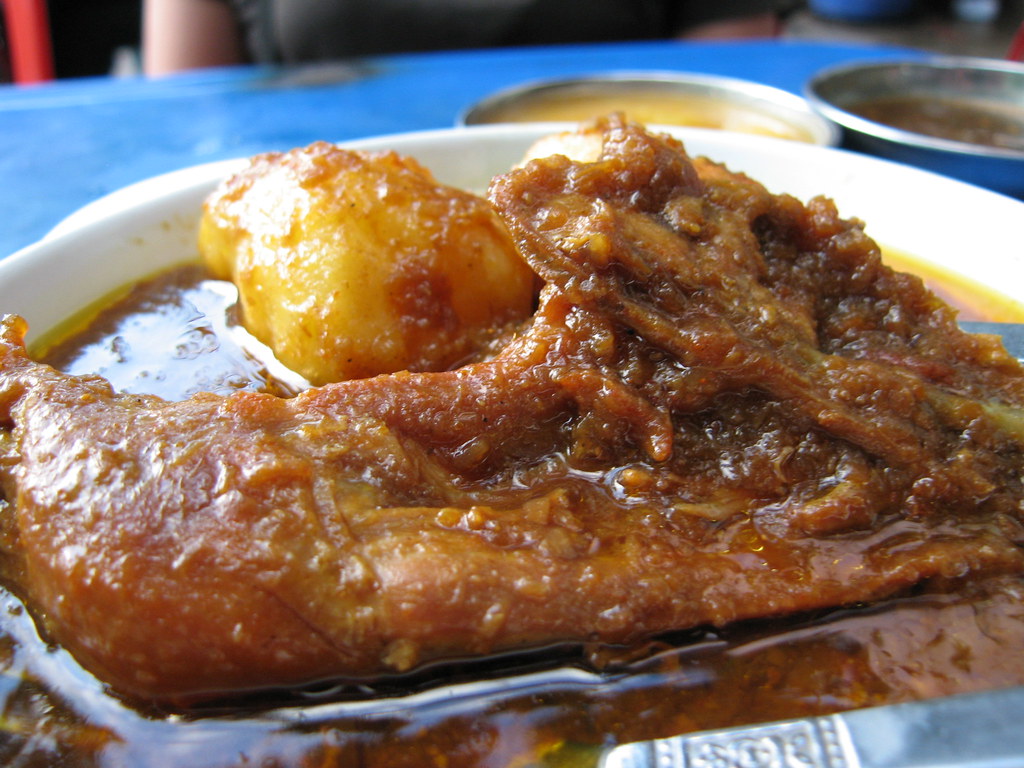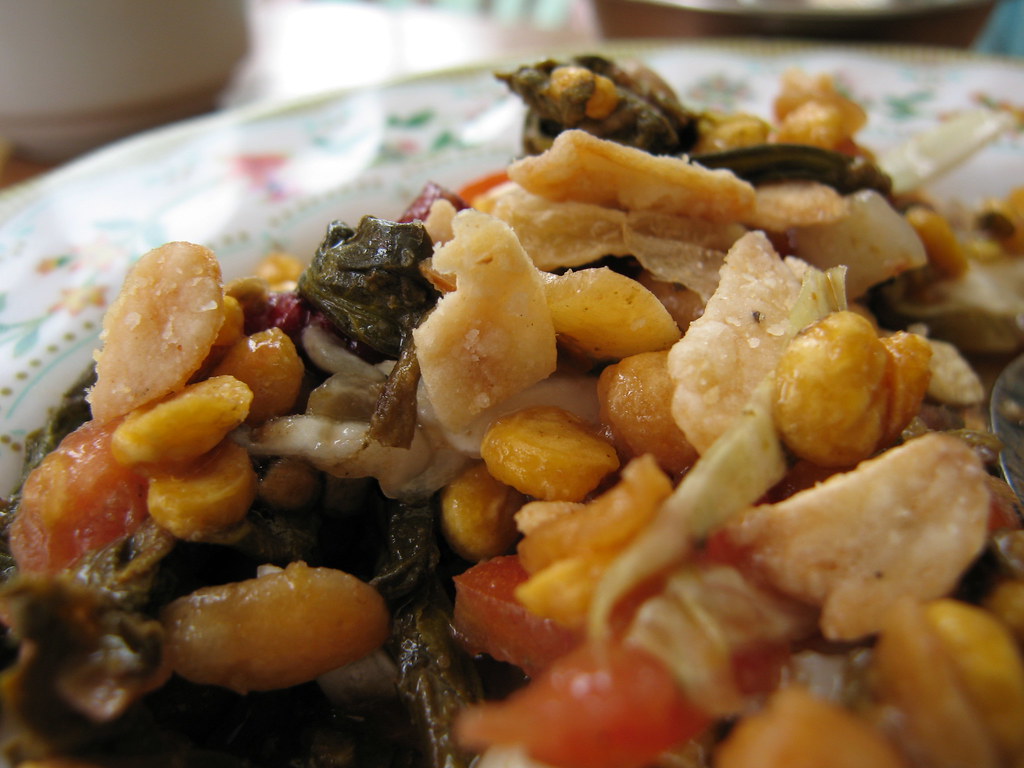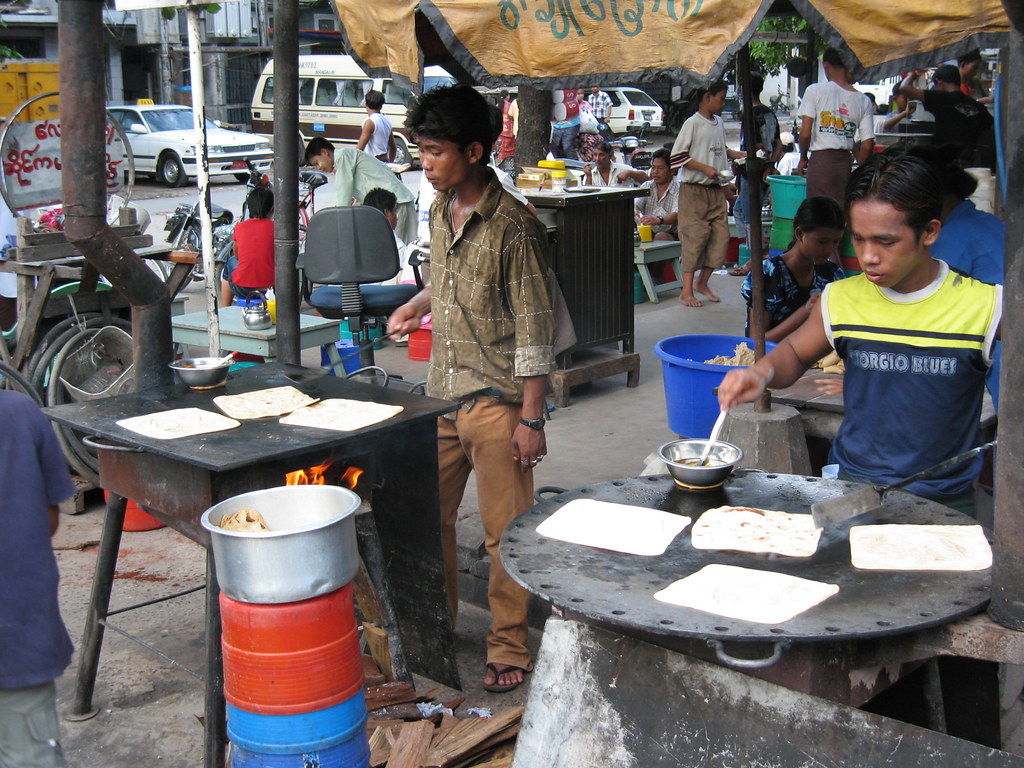China's Wild (Sth) West...
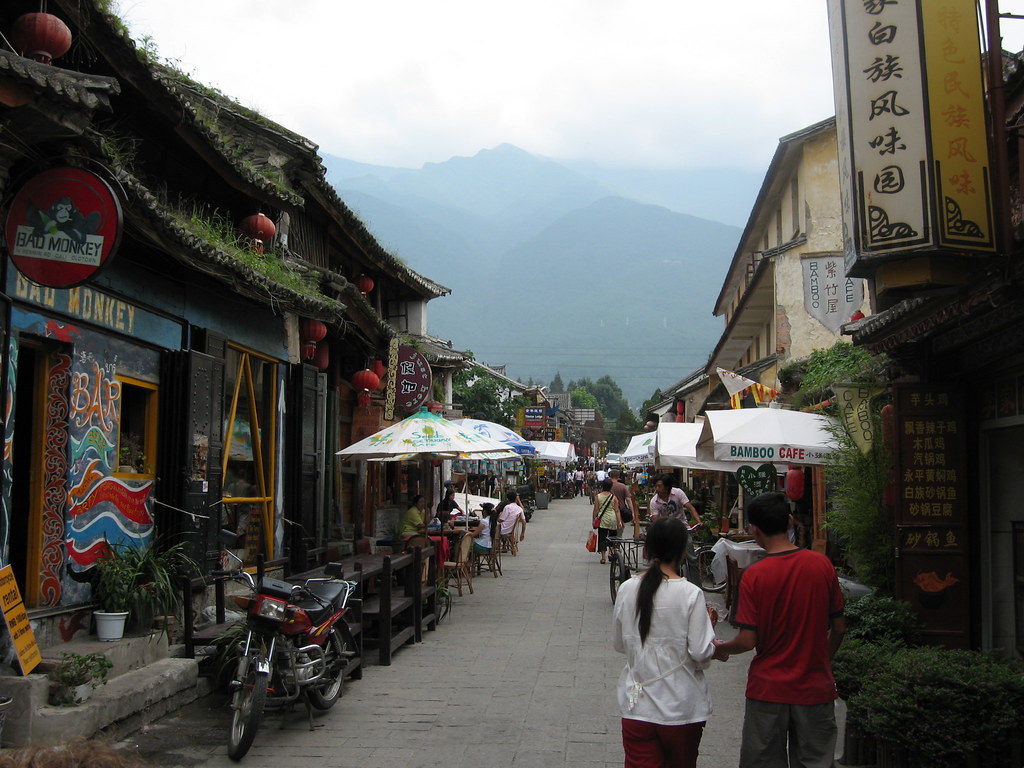
Our first stop was Dali an ancient city that has undergone extensive restoration. Flanked by a mountain, and surrounded by high city walls and a moat this city is a mecca for Chinese tourists. We spent quite a bit of time watching all the ridiculous photo opportunities that people were taking outside the city walls amidst downpours of rain. As a major tourist destination there were no shortage of restaurants to cater for demand. One thing that has shocked us is that since we were here eight months ago the price of meat has risen by a whopping 45%. Luckily we saw this fact on TV otherwise we'd still believe that people were trying to rip us off. Unfortunately we left Dali before realising that one of the most famous "chinglish" signs lived there, it's a famous sign over a squat toilet that simply reads "No shitting in the toilet". Moving north in the full brunt of the region's wet season we reached the picturesque city of Lijiang. Despairingly we reached the labyrinth of the old town as darkness was falling and when there wasn't much room at any of the inns. Arriving under such conditions is always the worst part about backpacking, particularly when the bags are getting heavier and wetter. Adding to the stress were armies of tiny Chinese tourists barging around with umbrellas held at a dangerously eye gouging height - well for me anyhow. Whenever they tried to pass Marcus they bizarrely would attempt to raise their umbrella over and above his! The following morning bathed in sunshine, Lijiang looked a lot more appealing - although the peril of the sun umbrella was still threatening. We managed to find a perfect little traditional Naxi courtyard guesthouse complete with a friendly pregnant owner who when asked when the baby was due replied "it's coming in two days".
The old narrow streets of Lijiang are lined with small waterways and little bridges making it a quirky little place with lots of character. The local ethnic minority in the region is the Naxi people and their Dongba religion and culture, of Tibetan origin, is an important part of the music, paintings and lives of the people. Lijiang is also an extremely popular destination for rich domestic tourists; after dark the bars and restaurants are full of this breed favouring expensive imported Heineken in place of their cheaper local brew. The rowdiness and noise level gradually elevates as rival bars compete in "sing offs" across the canals. Literally one bunch of girls trying to out-sing the other, what's more is that it appears to be the same song that they sing all night, every night.
 Our next stop was a 2 day hike through Tiger Leaping Gorge, allegedly the deepest gorge in the world. Again, it's a heavily visited spot but thankfully the bus tourists are all confined to the bottom of the gorge close to the river (and near the bus parking lot). The hiking trail wanders high up the gorge along a tranquil scenic route far away from the hustle and bustle below. Hiking the gorge is relatively straightforward, you leave any big luggage under lock and key at the start of the hike and take off with a small bag, some water and a map. There are guesthouses dotted along the trail and red arrows mark the way. In total the trek takes about 8 hours. Most people complete it in an easy two day outing leaving lots of time to enjoy the scenery.
Our next stop was a 2 day hike through Tiger Leaping Gorge, allegedly the deepest gorge in the world. Again, it's a heavily visited spot but thankfully the bus tourists are all confined to the bottom of the gorge close to the river (and near the bus parking lot). The hiking trail wanders high up the gorge along a tranquil scenic route far away from the hustle and bustle below. Hiking the gorge is relatively straightforward, you leave any big luggage under lock and key at the start of the hike and take off with a small bag, some water and a map. There are guesthouses dotted along the trail and red arrows mark the way. In total the trek takes about 8 hours. Most people complete it in an easy two day outing leaving lots of time to enjoy the scenery.

:: Dancing in Zhongdian ::
We found ourselves traveling along the same route as Aussies Blake & Ros and Stu & Jane. After a couple of packs of cards were introduced we settled into a couple of competitive nights of cards interrupted only by last minute dashes down to make the skewer ladies before they packed up for the night. Jane and Stu suggested a day trip of picking a nearby mountain and climbing it with a picnic. The contents of the picnic quickly expanded to included a kilo of the finest yak cheese and a couple of bottles of Yunnan red - that was all the incentive the rest of us needed. The following morning laden down with a massive picnic we marched up the selected mountain and polished the lot off. After a fabulous picnic we made a somewhat giddy decent back into down ... no ordinary hike indeed... positively flashpackery.Our next stop in the weird town of Daocheng, as it's national park Yading is currently closed there is no reason to spend any time in this place; you stop for the night and then escape as quickly as possible the following day.

We arrived in Daocheng after a horrendous day of traveling. Not only did we get a puncture that day but as night fell and we were climbing hairpin bend roads over an extremely high pass (no trees or vegetation to be seen out the window) the engine started making funny noises as the universal joint totally gave up on us. Thankfully we made it to the top and pretty much freewheeled down the other side of the mountain into a town where we were met by a mechanic. After a bit of old school soldering and hammering (using the car headlights as a flashlight) the universal joint was miraculously fixed and we rolled on into the kip that is Daocheng.
:: View Over Litang ::
Our next stop was the wild west cowboy Tibetan town of Tagong located in the middle of the Sichuan rolling grasslands. Tagong is a one street colourful trading town - the local woman wear heavy silver jewelery and weave a red braid and yak bones into their hair. Most of the local men have long flowing hair and stride around in cowboy hats. We stayed in Gayla's Guesthouse a Tibetan home converted into funky accommodations - the dorm rooms were there most ornate one's we've seen to date.
After a couple of one night stops in Danba and Kangding we hopped on a super deluxe bus (unintentionally) and floated into Chengdu city hours ahead of schedule. Luck continued to be on our side when we found out that there were only two tickets left for the train to Lhasa on the 2nd of September. (The Tickets are sourced from the black market, such is the demand...)
The next thing on the agenda is to go and do a big shop for foodstuffs for the train, the Chinese are the masters of individually wrapped snack foods, entire supermarket floors are filled with every type of snack imaginable. There's no excuse for boarding without preserved eggs, vacuum packed skewers, jellies and a carefully chosen range of noodle dishes.
So, that's the saga so far, it's time to say farewell to China and take the a train up to the rooftop of the world, Tibet & Nepal, here we come.
 Read Full Post...
Read Full Post...







